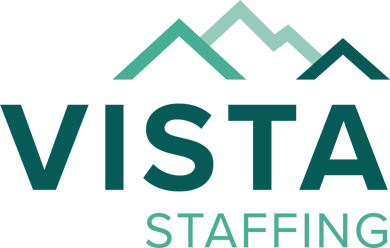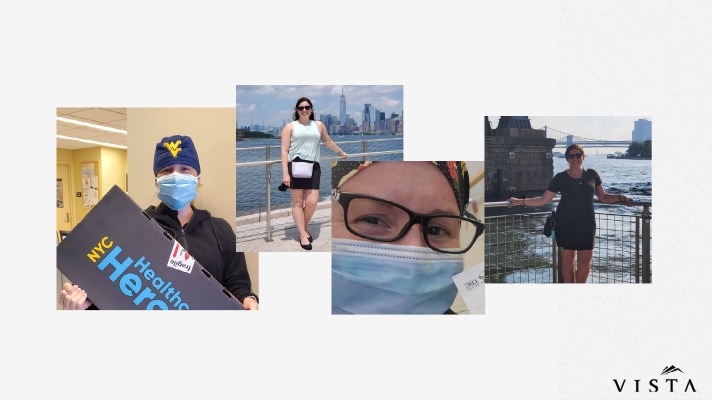Growing Ranks of Advanced Practice Clinicians, NPs and PAs, CRNAs

The Association of American Medical Colleges found that, by 2032, the expected shortage of physicians will be around 122,000 professionals. Approximately 65,000 of those will be specialists, while the remaining amount will be primary care physicians.
The result of a low supply of physicians and an aging population is that individuals and families will have less access to medical care if nothing is done. Despite the challenges associated with physician shortages, it is important to highlight some of the benefits of hiring physician assistants, nurse practitioners, and other advanced practice clinicians.
Growth of PAs and NPs
Although doctor shortages are a growing concern, the increase of physician assistants and nurse practitioners offers a solution to help address the crisis. Working with physician assistants reduces the strain on doctors and ensures patients get proper medical care.
The American Association of Nurse Practitioners has found that the number of nurse practitioners has grown by roughly 22,000 professionals in recent years, resulting in a total of 270,000 nurse practitioners throughout the country.
The number of physician assistants is also growing to keep up with the demand for medical professionals. MD Magazine writer Dawn Morton-Rias estimates that the position has grown by 54 percent in seven years, which makes it one of the fastest-growing medical professions in the country. The average physician assistant alleviates the burden on medical doctors by seeing patients and providing medical care through specialized skills. The physician assistant specialties in demand range from surgical care to dermatology treatment, emergency medical care, to internal medicine.
Role of Locum Tenens to Resolve Shortages
Locum tenens nurse practitioners and physician assistants are also increasingly easing the burden on physicians by taking on temporary assignments within medical facilities who need extra help during busy times and/or when staff physicians and advanced practice clinicians are out. Just like locum tenens physicians are a much-needed resource for health care organizations who need to maintain optimal staffing levels, the same applies to advanced practitioners.
Making Use of Full Practice Authority
In many states, a nurse practitioner has Full Practice Authority to provide medical care to patients. This means a nurse practitioner must meet or exceed the minimum standards for each state to have a license to practice and provide care to patients. With this Full Practice Authority, the nurse practitioner can prescribe medications, meet with patients to clarify their conditions, and diagnose medical problems, thereby lightening or even relieving the physician’s caseload.
States may also grant Full Practice Authority to physician assistants who can independently provide the care patients need thanks to their high level of education and training.
Although nurse practitioners and physician assistants are given Full Practice Authority, the standards do not apply to Certified Registered Nurse Anesthetists or CRNAs. Today they are the only high-level nurse professionals with specialized training that still requires a physician’s supervision to provide treatment.
Providing for the Underserved
As the effects of the physician shortage become more tangible, advanced practice clinicians are stepping up to provide healthcare to underserved populations. Physician Assistants, Nurse Practitioners, and Certified Registered Nurse Anesthetists are all ready to step up and do their part. Locum tenens advanced practice providers have been particularly essential when it comes to rural populations where few physicians operate.
The future for advanced practice clinicians is bright. The combination of locum tenens advanced practice clinicians and Full Practice Authority means that the physician shortage will not limit the ability of NPs and PAs to serve populations that experience the worst of the physician’s shortage. Estimates from the American Association of Nurse Practitioners and the Association of American Medical Colleges demonstrate that, while the number of physicians is a concern, the solution may lie in growing the ranks of advanced practice clinicians such as Nurse Practitioners, Physician Assistants, and Certified Registered Nurse Anesthetists.










